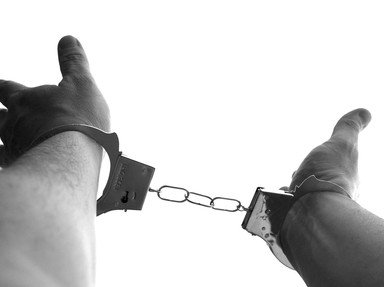Quiz Answer Key and Fun Facts
1. In the early morning of Thursday 8th August 1963, a group of men (15 at the actual scene) committed a daring robbery by stopping a Royal Mail train in the English county of Buckinghamshire and making off with around 2.6 million pounds. Who is generally accepted as the leader and mastermind of the gang behind the robbery?
2. Just before 7 p.m. on Wednesday, 7 August 1963 the ill-fated TPO (Travelling Post Office) train began its southbound journey toward London's Euston station. Which British city was its point of departure?
3. What was the name of the crossing between Leighton Buzzard in Bedfordshire and Cheddington in Buckinghamshire, where the Great Train Robbers initially halted the train by tampering with the signal?
4. What was the name of the train driver that suffered a black eye and facial injuries when severely attacked with an axe handle by one of the Great Train Robbers?
5. Situated just twenty-seven miles from the point where The Great Train Robbery took place, what was the name of the isolated farm to which the gang drove to lie low and count the money?
6. What was the name Detective Chief Superintendent and head of the Flying Squad that lead the investigation and chase for the Great Train Robbers? He had the nicknames "Grey Fox", "The Thief Taker" and "One Day Tommy"?
7. Ronnie Biggs is probably the best known of all the Great Train Robbers, even though he was way down in the pecking order of importance to the crime. Biggs was captured and served 19 months of his sentence before escaping from which London prison?
8. Ronnie Biggs was not the only Great Train Robber to escape from prison. On 12th August 1964, the man known as "The Treasurer" and "The Silent Man" broke out of Winson Green Prison in Birmingham after serving just four months of his sentence. What was his name?
9. In 1988 another member of the Great Train Robber's became a household name with the release of the movie "Buster", a comedy drama based on the heist and the escapades of Ronald "Buster" Edwards. Phil Collins played the part of Buster but which British actress took the role of his wife June?
10. Although figures vary slightly, the amount stolen in The Great Train Robbery was around 2.6 million pounds. How much was recovered?
Source: Author
nickdrew55
This quiz was reviewed by FunTrivia editor
bloomsby before going online.
Any errors found in FunTrivia content are routinely corrected through our feedback system.

